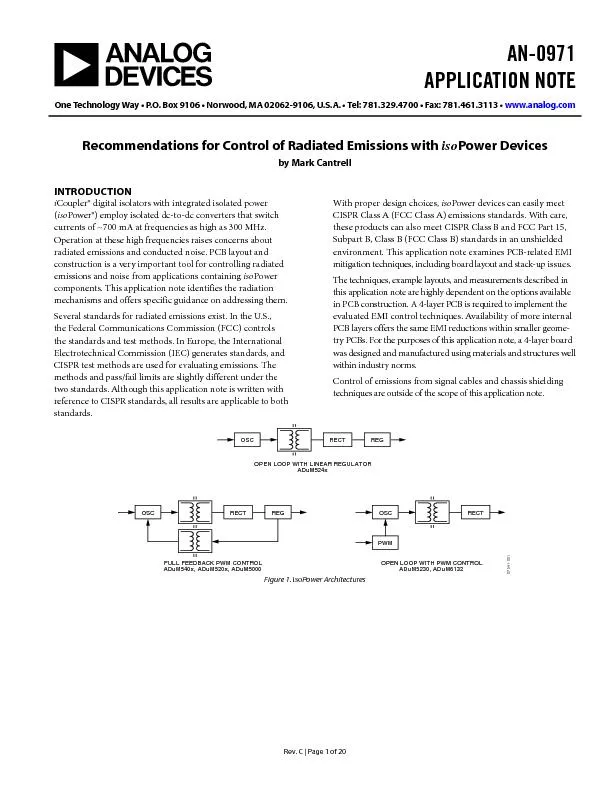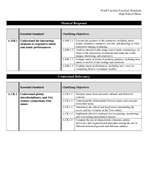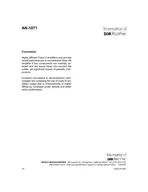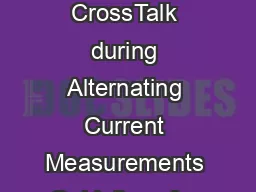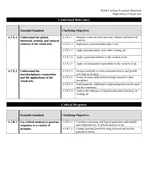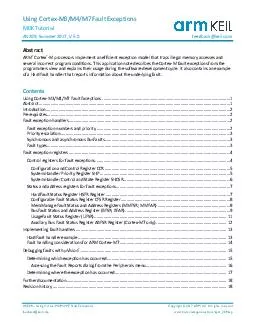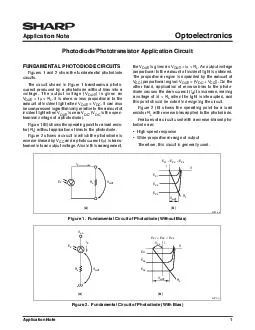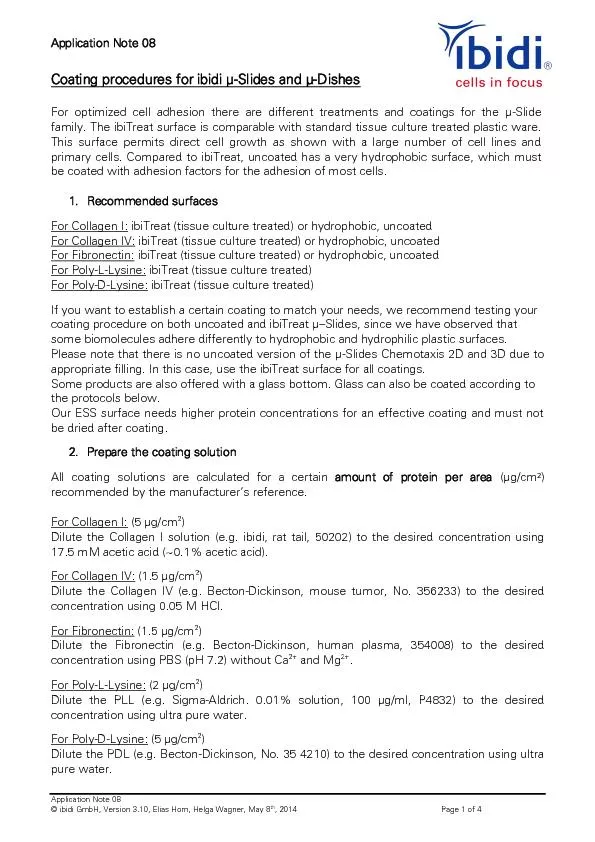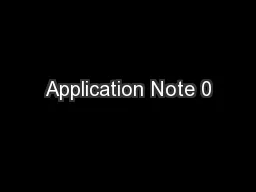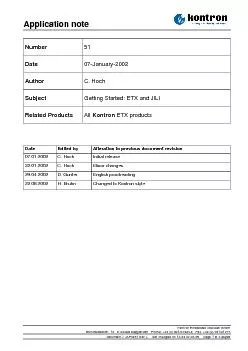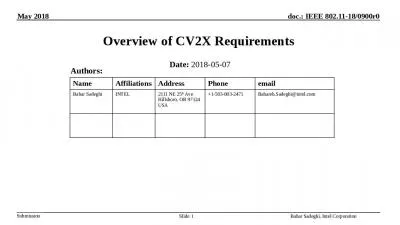PDF-APPLICATION NOTE
Author : ellena-manuel | Published Date : 2016-07-18
AN0971 OneTechnologyWayPOBox9106Norwood02062USA Recommendations for Control of Radiated Emissions with isoPower DevicesMark Cantrell Rev Page of NTRODUCTIONCoupler
Presentation Embed Code
Download Presentation
Download Presentation The PPT/PDF document "APPLICATION NOTE" is the property of its rightful owner. Permission is granted to download and print the materials on this website for personal, non-commercial use only, and to display it on your personal computer provided you do not modify the materials and that you retain all copyright notices contained in the materials. By downloading content from our website, you accept the terms of this agreement.
APPLICATION NOTE: Transcript
Download Rules Of Document
"APPLICATION NOTE"The content belongs to its owner. You may download and print it for personal use, without modification, and keep all copyright notices. By downloading, you agree to these terms.
Related Documents

